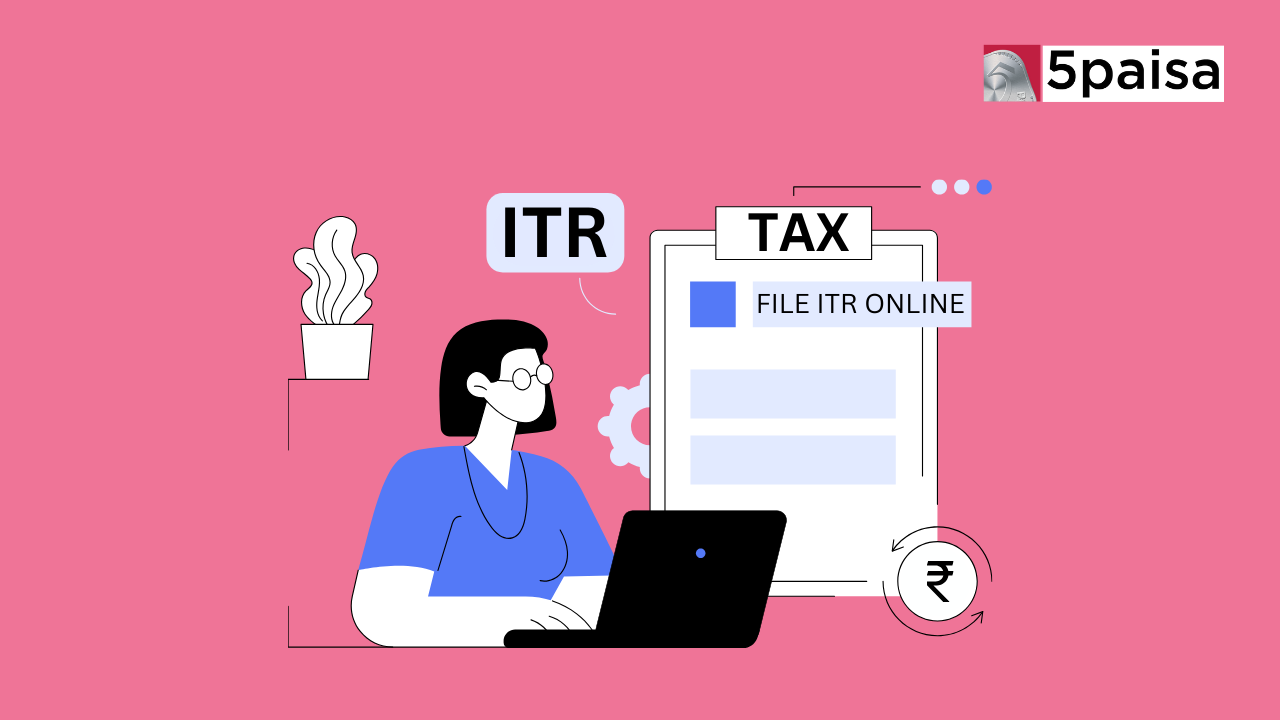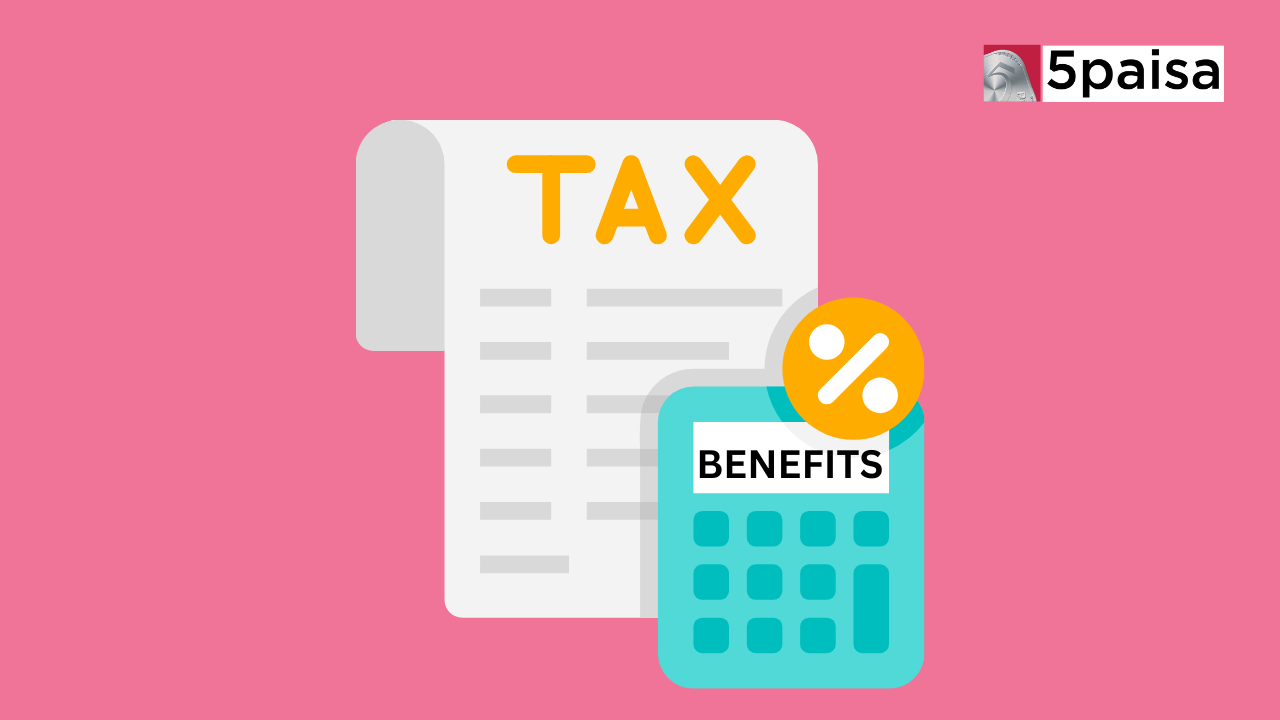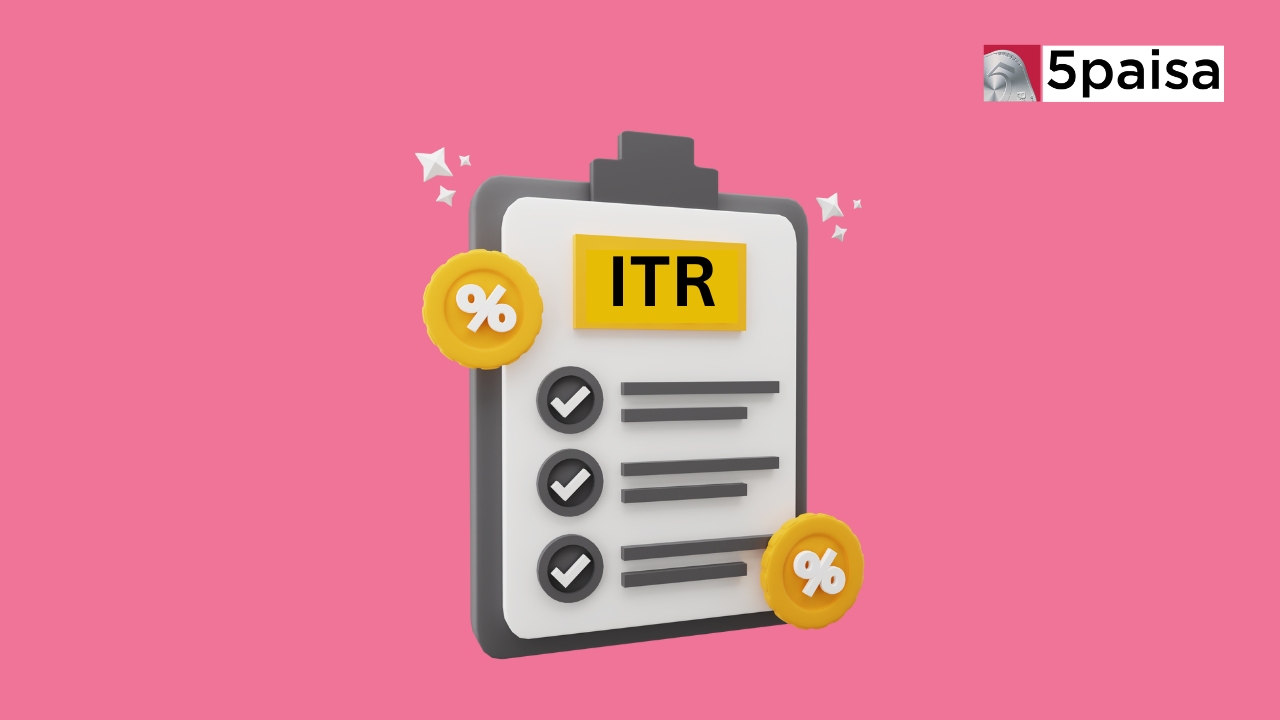How to File ITR Online

Income Tax Return (ITR) filing is a critical annual financial duty every taxpayer must handle. Understanding the complexities of this procedure is critical for those looking to meet their tax responsibilities while avoiding fines. To simplify this process, consider utilizing the income tax calculator as it can assist in comprehending your tax obligations more effectively. This detailed tutorial will cover the primary stages and critical factors for submitting your income tax return. This essay will simplify the process and equip readers with the knowledge to submit their ITR swiftly and correctly, from gathering relevant papers to navigating through multiple ITR forms. Let us set out on a path to reduce the difficulties of income tax filing.
What is an Income Tax Return?
Individuals, agencies, and different groups publish an Income Tax Return (ITR) to the tax government to reveal their income, deductions, and tax liabilities. It is a detailed record of financial operations that includes information on earnings, investments, and qualified exemptions. The goal of submitting an ITR is to enable transparent taxation by allowing authorities to assess and collect taxes based on the financial status of an organization. This yearly responsibility guarantees that tax rules are followed, that taxable income is accurately assessed, and that individuals and corporations have a formal path to claim refunds or correct inconsistencies in their tax due.
Step-by-Step Guide on How to File Income Tax Return Online
Starting the process of how to file ITR online is an essential annual activity. This step-by-step guidance streamlines the procedure, delivering a pleasant and efficient experience. This section demystifies the complexity, helping you meet your tax duties confidently, from accessing the e-filing site to confirming your return to show how to file IT returns.
Step 1: Go to the Income Tax e-filing Website
The first step in submitting your Income Tax Return (ITR) is surfing the authorized e-submitting internet site. Enter the URL (https://www.incometaxindiaefiling.gov.in) to your laptop browser to get the right of entry to the website. Once on the website online, search for the 'Login/Register' choice to set up an account if you're a new person or log in if you already have one. The e-filing system is the portal for initiating and completing your ITR file, providing taxpayers with a safe platform to accomplish their online tax duties.
Step 2: Register or Log in to the Website
When you arrive at the Income Tax e-filing website, go to Step 2 by enrolling or logging in. For new users, click the 'Register' button and provide your PAN (Permanent Account Number), basic personal information, and contact information. To log in as a returning user, enter your PAN as the User ID, password, and captcha. Once you've registered or signed in, you can access the dashboard, where you may choose the correct assessment year for submitting your Income Tax Return (ITR) and the appropriate ITR form depending on your income sources and category.
Step 3: Select Status
Select your tax filing status after logging onto the Income Tax e-filing website. Based on your residential status, select the appropriate filing type, which might be "Individual," "Hindu Undivided Family (HUF)," "Company," "Firm," or others. Ensure your decision is correct since it determines your unique financial position's appropriate Income Tax Return (ITR) form. Individual taxpayers can designate whether they are a "Resident" or a "Non-Resident." This crucial step ensures that you file the correct form corresponding to your tax profile and prevents problems in the following phases of the ITR filing procedure.
Step 4: Choose the Correct ITR Form
After identifying your filing status, choose the proper Income Tax Return (ITR) form based on your financial situation. The form chosen is determined by criteria such as income source, residence, and specific financial activity. ITR-1 (Sahaj) for salaried persons, ITR-2 for those with income from numerous sources, and ITR-3 for company and professional revenue are common. To guarantee proper selection, consider the rules offered on the Income Tax e-filing website since choosing the correct form accelerates the filing process and prevents issues during assessment. For a smooth ITR filing experience, select the form that best fits your financial profile.
Step 5: Enter the Required Details
Fill out the required information on the chosen Income Tax Return (ITR) form. Provide correct personal information, income sources, deductions, and tax obligations. To guarantee correctness and compliance, enter data attentively. Include information such as salary, other sources of income, investments, and allowable deductions. Be mindful of numerical precision and thoroughness since inaccuracies might complicate the evaluation process. They use supporting papers such as Form 16, investment evidence, and bank statements to authenticate the information entered. Completing this step thoroughly guarantees a complete and accurate representation of your financial facts for successful ITR filing.
Step 6: Add Bank Account Details and Other Information
After inputting your salary information:
• Focus on supplying proper DD (Demand Draft) and bank account information in Step 6.
• Fill out the relevant information about your bank account, such as the bank account number, IFSC code, and bank name.
• Ensure accuracy to allow for the smooth processing of reimbursements, if appropriate.
Additionally, provide other information for authentication, such as your Aadhaar number and PAN. This level is essential to fulfilling your Income Tax Return (ITR) submission. To limit any troubles or delays, thoroughly affirm and validate the accuracy of the submitted information earlier than intended with the process.
Step 7: E-Verify ITR
E-Verify your Income Tax Return (ITR) after inputting all essential information. Select an appropriate means of verification, such as Aadhaar OTP, online banking, or Electronic Verification Code (EVC). E-verification is a safe and straightforward approach to validate your ITR file without submitting it physically. The ITR filing procedure is deemed complete after it has been confirmed. This step guarantees that you are in conformity with tax rules and speeds up the processing of your return. Scrutinize the verification to ensure correctness, complete the electronic filing procedure, and meet your annual tax requirements.
Finally, managing the Income Tax Return (ITR) filing procedure is an essential annual obligation requiring attention to detail and adherence to norms. Taxpayers can ensure how to file ITR seamlessly and correct submission by following the procedures described, from accessing the e-filing website to confirming their return. The ITR is used not just for compliance purposes but also to examine and simplify one's financial situation. These measures enable individuals to meet their tax duties more efficiently, reducing mistakes and simplifying prompt return processing. Stay educated, stay compliant, and engage on the road towards financial transparency and tax management.
Disclaimer: Investment/Trading in securities Market is subject to market risk, past performance is not a guarantee of future performance. The risk of loss in trading and investment in Securities markets including Equites and Derivatives can be substantial.
 Sachin Gupta
Sachin Gupta Ruchit Jain
Ruchit Jain Tanushree Jaiswal
Tanushree Jaiswal



